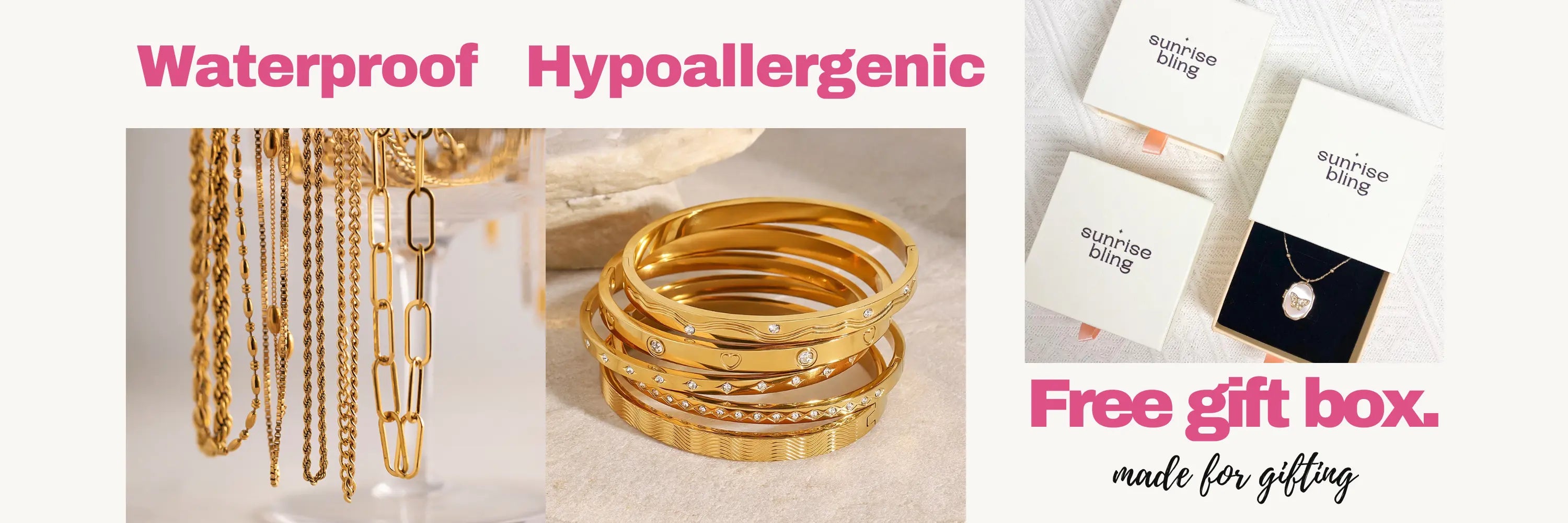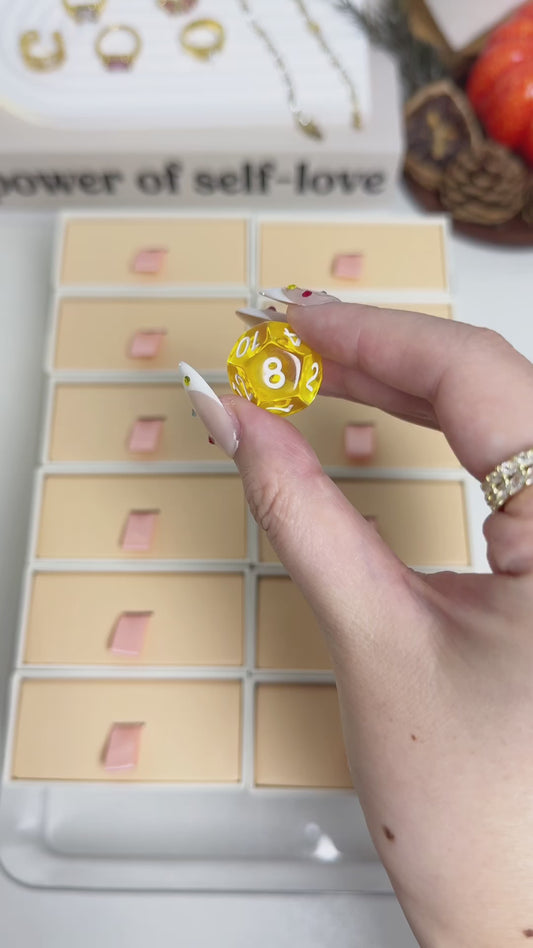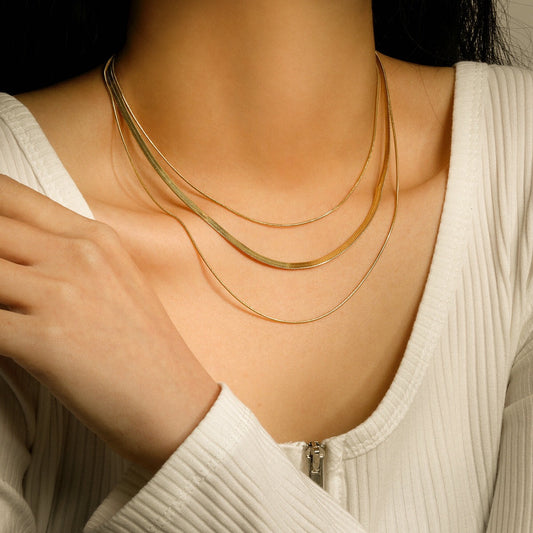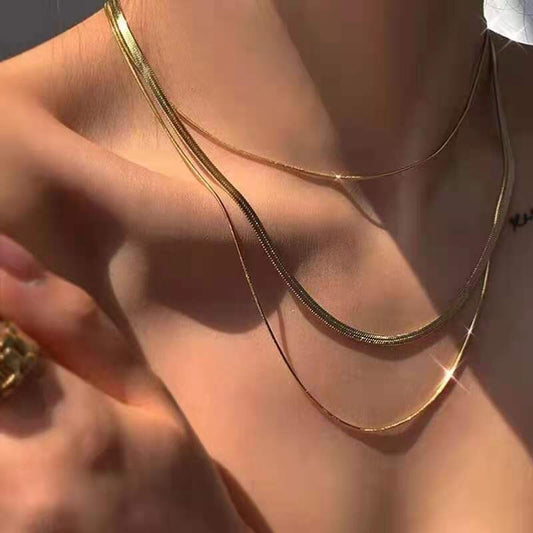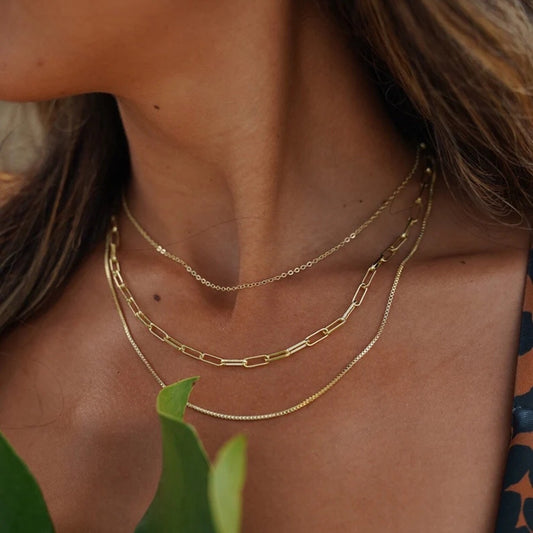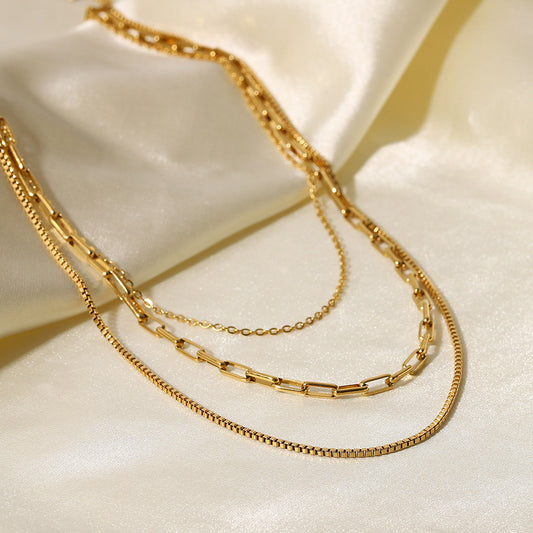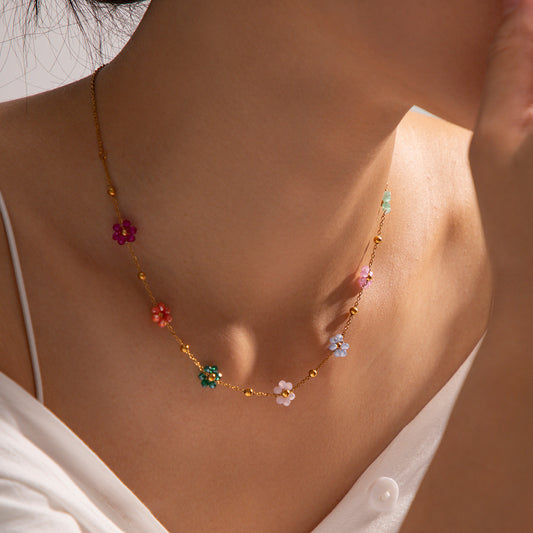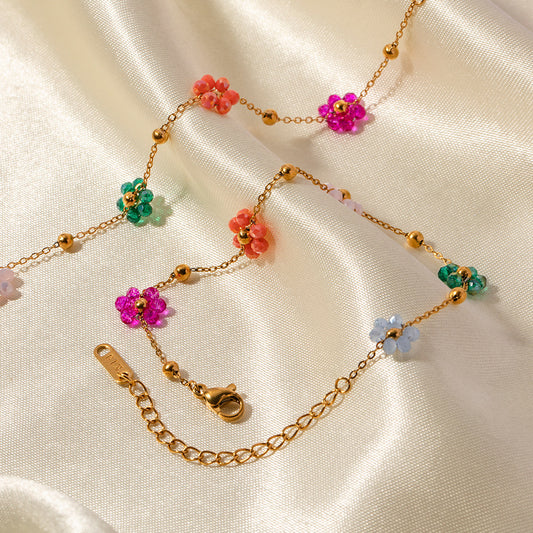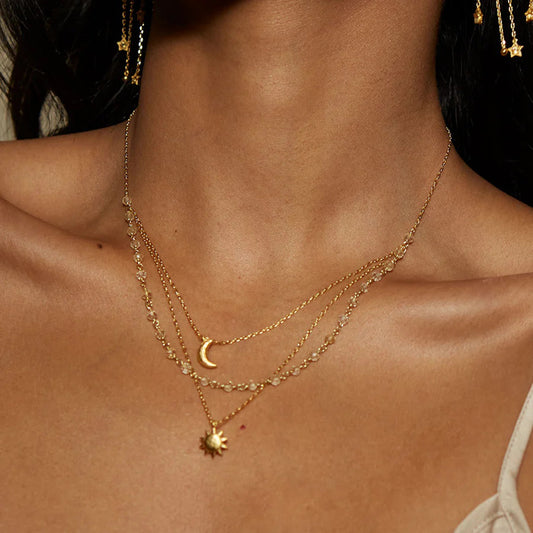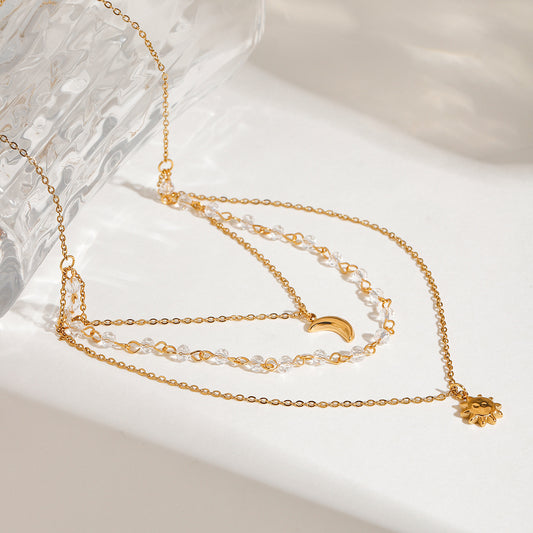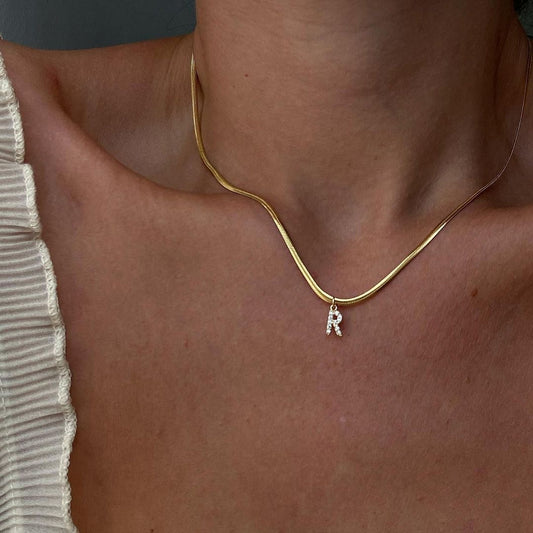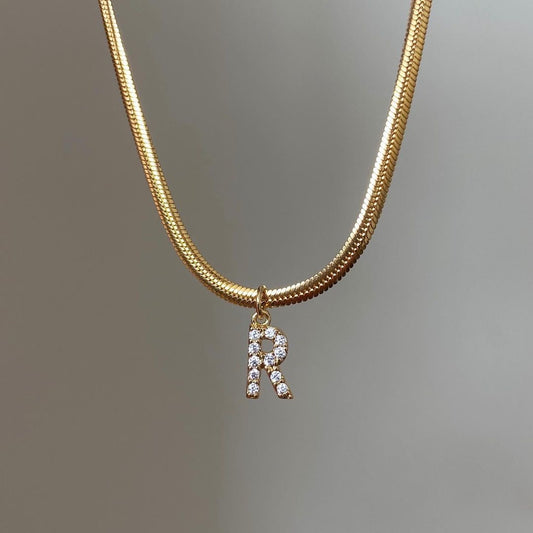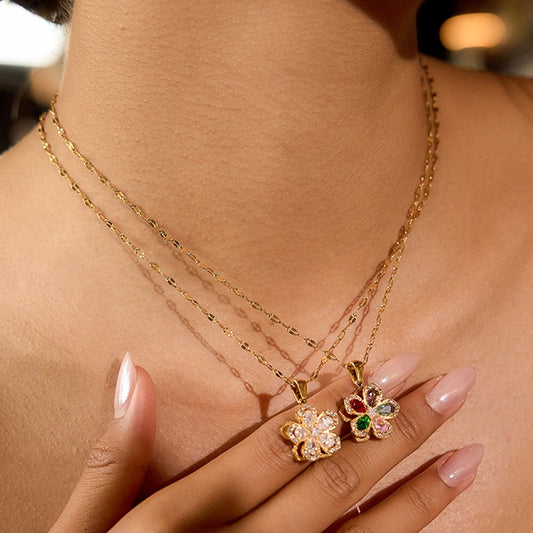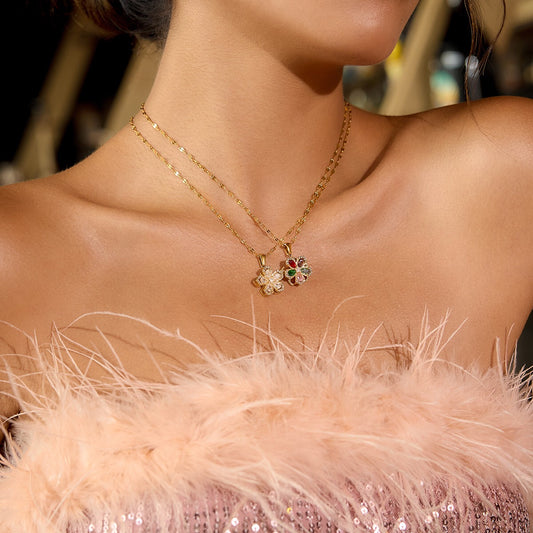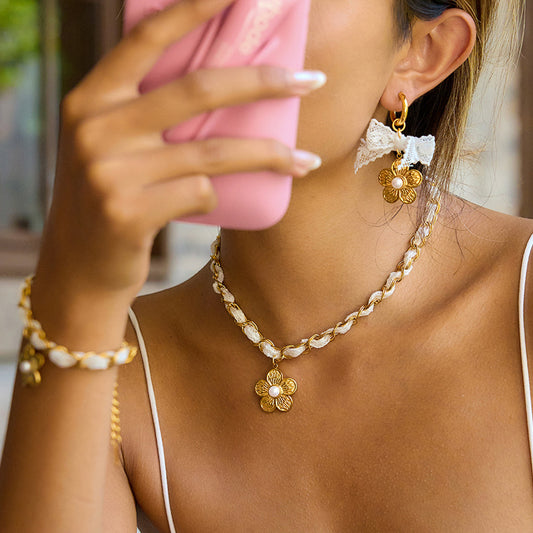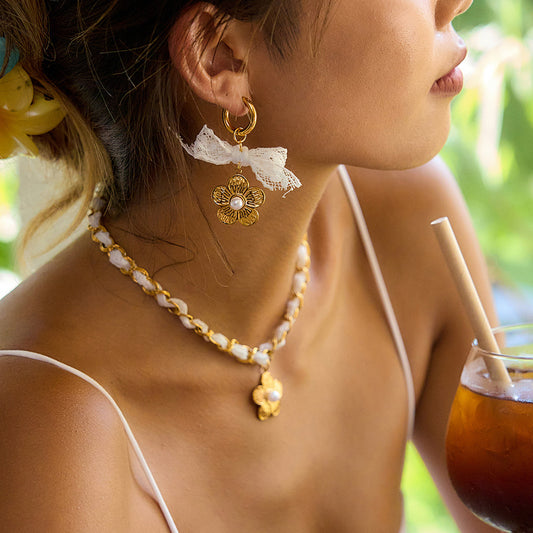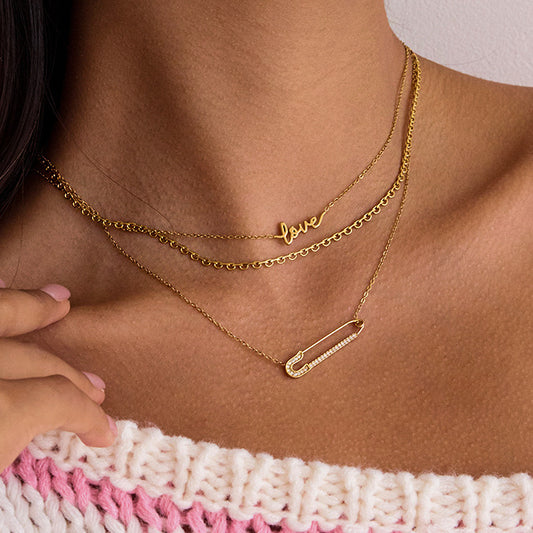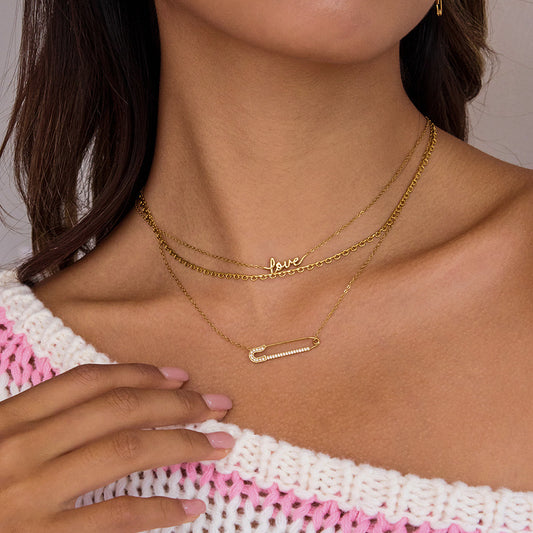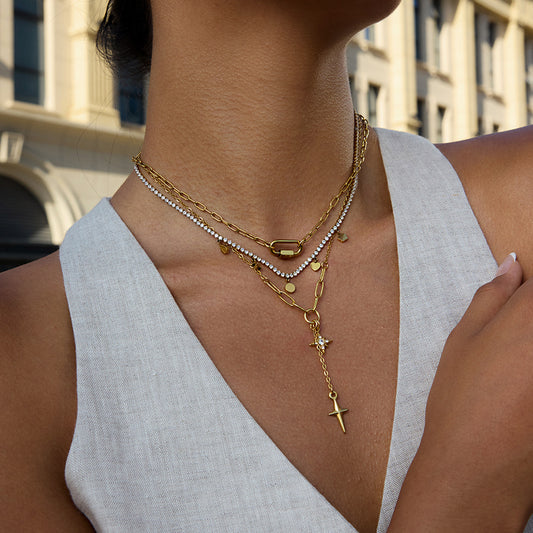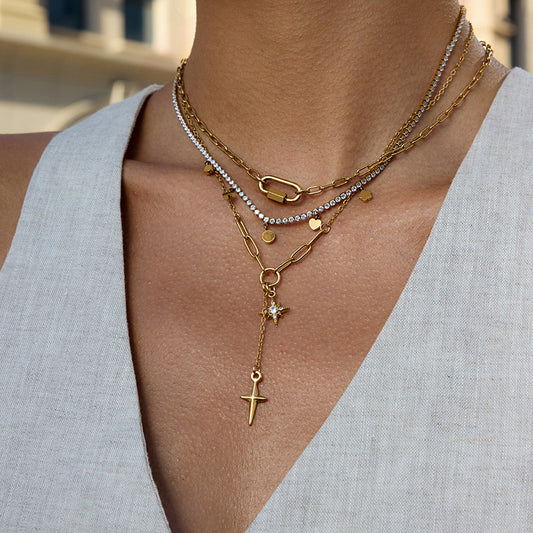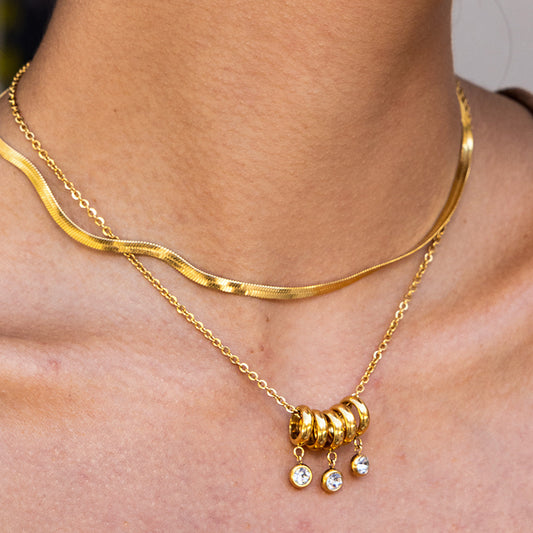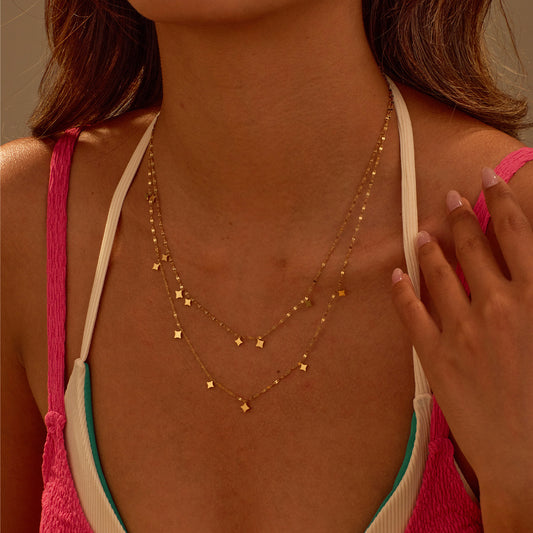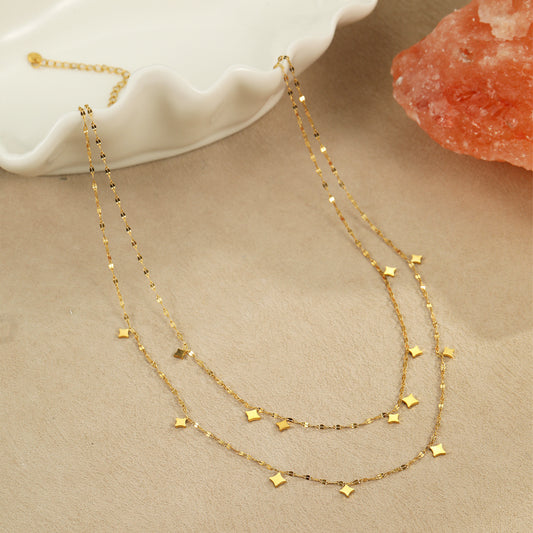Pendants have long been a beloved staple in jewelry collections, living up to their tagline of “small, sentimental, simply stunning” with their compact size, emotional resonance, and effortless elegance. The US jewelry market size was estimated at USD 73.32 billion in 2023 and is expected to grow at a compound annual growth rate (CAGR) of 4.1% from 2024 to 2030. This enduring popularity stems from their unique ability to be both understated and meaningful: “small” enough to wear daily without feeling bulky, “sentimental” because they often hold personal significance (think birthstones, engravings, or symbolic shapes), and “simply stunning” in their ability to elevate any outfit with minimal effort. A pendant is a decorative piece that hangs from a chain around the neck, ranging from tiny metal discs to eye-catching gemstone drops. Whether it’s a gift for a loved one or a treat for yourself, pendants offer a versatile way to wear your story. Let’s explore why these small, sentimental pieces remain a timeless choice for jewelry lovers.
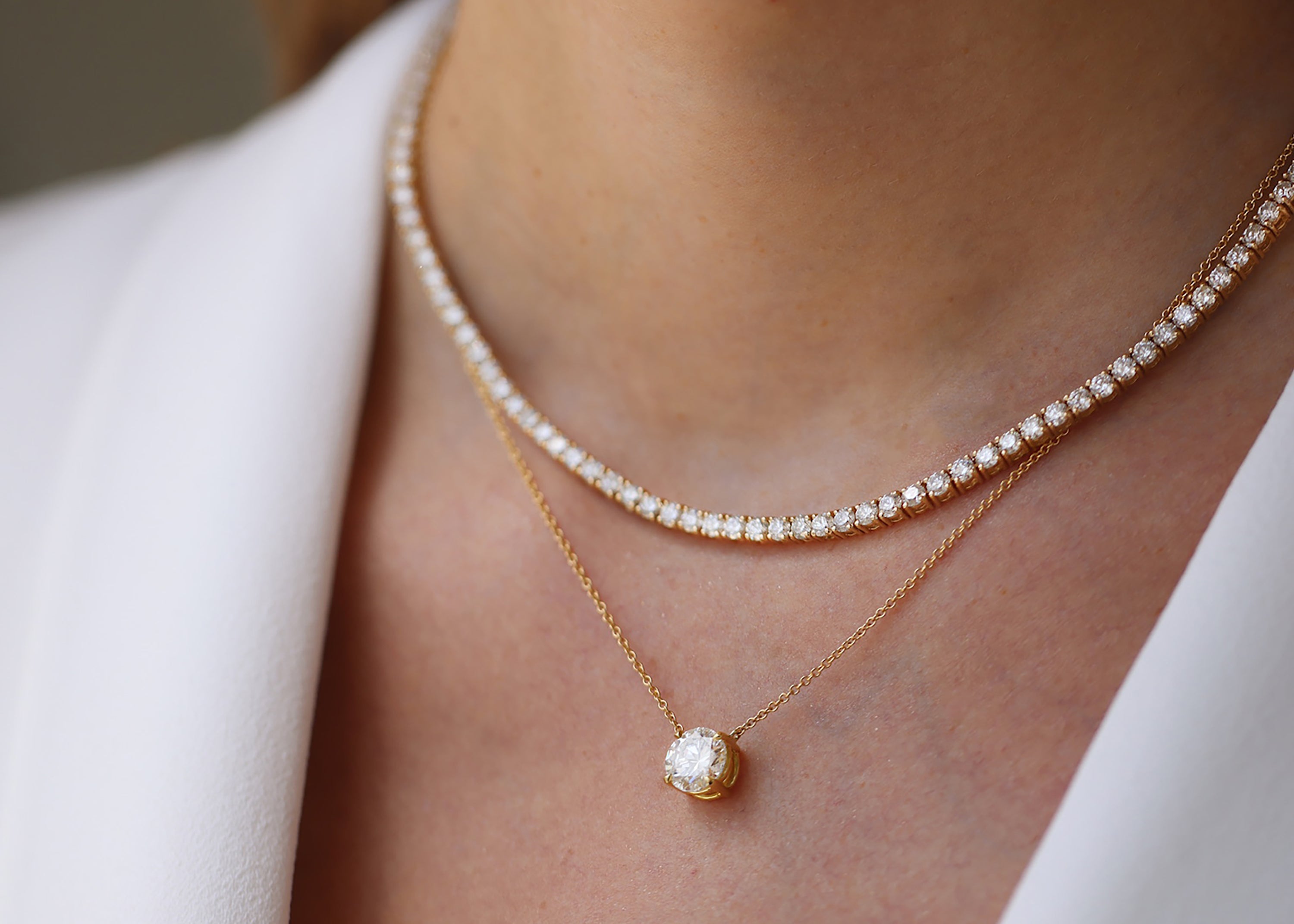
What is Pendants
Definition and Core Design
A pendant is a small, decorative accessory designed to hang from a necklace chain (or cord) around the neck. Unlike necklaces that feature a continuous design (e.g., link chains or chokers), pendants are standalone focal points—attached to the chain via a loop or bail (a small metal ring at the top of the pendant). Their “small” size is part of their appeal: most range from 0.5 to 2 inches in diameter or length, making them lightweight and comfortable for all-day wear. While they can be simple or ornate, the defining trait of a pendant is its ability to be removed or swapped from chains, allowing for easy customization.

Key Components of a Pendant
-
Bail: The small loop or hinge at the top of the pendant that connects it to the chain. Bails can be hidden (for a sleek look) or decorative (e.g., engraved or accented with tiny stones).
-
Focal Element: The main decorative part of the pendant, which can be:
-
Shapes (hearts, stars, crosses, initials).
-
Gemstones (solitaire diamonds, birthstones, or colored gems like sapphires).
-
Engravings (names, dates, quotes, or handwritten messages).
-
Charms (3D designs like animals, hobbies, or symbols).
-
Backing: The reverse side of the pendant, often plain but sometimes engraved with additional details (e.g., a wedding date or a short phrase).

How Pendants Differ from Other Necklace Styles
-
Chokers/Collars: These fit tightly around the neck with a continuous design, while pendants hang freely from a longer chain.
-
Statement Necklaces: Bold and often bulky, statement necklaces are the focal point of an outfit; pendants are “smaller” and more versatile, complementing rather than dominating looks.
-
Lockets: A type of pendant, but lockets have a hinged compartment to hold photos—all lockets are pendants, but not all pendants are lockets.
Why is Pendants so popular
“Small, Sentimental, Simply Stunning” Appeal
The core reason for pendants’ popularity lies in their “small, sentimental, simply stunning” nature. Their “small” size makes them practical—no tugging, tangling, or discomfort—ideal for busy lifestyles. Their “sentimental” value comes from their ability to tell a story: a pendant might hold a child’s birthstone, a partner’s initials, or a symbol of a shared memory (e.g., a tiny anchor for a beach lover). And their “simply stunning” design means they add polish to any outfit without being over-the-top—whether it’s a plain metal disc or a sparkly gemstone.

Versatility Across Occasions and Styles
Pendants transition seamlessly from day to night: a tiny silver heart pendant adds charm to a t-shirt and jeans, while a diamond solitaire pendant elevates a formal gown. They work with every neckline (V-necks, crewnecks, off-the-shoulder) and face shape, and their simplicity makes them easy to layer with other necklaces (e.g., a short pendant with a longer chain) for a trendy look. This adaptability ensures they never feel out of place.
Affordability and Accessibility
Pendants are available at every price point, from \(10 acrylic designs to \)100,000+ diamond pendants. This accessibility means anyone can own a pendant that fits their budget—whether you’re a student shopping for a first piece or someone investing in a heirloom. They’re also widely available (online, in department stores, at local jewelers), making them easy to find.

Timelessness and Trend Resistance
Unlike fads like chunky chain necklaces or beaded chokers, pendants have stood the test of time. They’ve been worn for centuries (dating back to ancient Egypt, where pendants held religious symbols) and remain relevant today. Even as styles evolve, a simple pendant never goes out of fashion—making it a wise investment for long-term wear.
Popular styles of Pendants
Sentimental and Personalized Pendants
-
Initial/Name Pendants: A small metal disc or shape engraved with a single initial (e.g., “M”) or a full name (e.g., “Eleanor”). “Small” in size, “sentimental” in meaning—perfect for honoring loved ones.
-
Birthstone Pendants: A single birthstone (e.g., garnet for January, amethyst for February) set in a simple metal bezel. Adds a pop of color and personal significance.
-
Locket Pendants: A hinged pendant with a small compartment for photos (e.g., a wedding photo or a picture of kids). The ultimate “sentimental” choice.
Gemstone and Sparkle Pendants
-
Diamond Solitaire Pendants: A single diamond (0.1–1 carat) in a four-prong setting, on a thin gold or silver chain. “Simply stunning” with its classic sparkle—ideal for special occasions or everyday luxury.
-
Colored Gemstone Pendants: A pendant featuring a vibrant gemstone (e.g., a blue sapphire, green emerald, or pink ruby) in a decorative setting. Adds bold color while remaining “small” enough for daily wear.
Minimalist and Modern Pendants
-
Metal Disc Pendants: A tiny (0.5–1 inch) polished metal disc (sterling silver, 14k gold) with no extra details. “Small, simply stunning”—perfect for minimalists or layering.
-
Geometric Pendants: Shapes like circles, triangles, or squares in sleek metal. Clean lines and modern design make them versatile for work or casual wear.
Symbolic and Themed Pendants
-
Faith Symbols: Crosses, Stars of David, or Om symbols in metal or with gemstone accents. “Sentimental” for those who want to wear their beliefs.
-
Nature-Inspired: Pendants shaped like leaves, flowers, birds, or moons. Adds a whimsical touch while remaining “small” and understated.
-
Milestone Pendants: Symbols for life events (e.g., a tiny wedding ring, a graduation cap, or a baby footprint). Commemorates special moments in a “simply stunning” way.
How to wear Pendants
Everyday Casual
-
T-Shirt and Jeans: Pair a small initial pendant (sterling silver) on a 16-inch chain with a white graphic tee, high-waisted jeans, and sneakers. The “small” pendant adds subtle personality without overwhelming the casual look.
-
Leggings and Sweater: Wear a birthstone pendant (e.g., a peridot for August) on a thin gold chain with an oversized gray sweater and black leggings. The pop of color keeps the outfit cozy yet polished.
Work and Professional Settings
-
Blazer and Tailored Pants: Opt for a minimalist metal disc pendant (14k gold) on an 18-inch chain with a navy blazer, white silk blouse, and tailored black pants. The “simply stunning” design is professional and understated—perfect for meetings.
-
Midi Skirt and Button-Down: A small diamond solitaire pendant (0.25 carat) complements a light blue button-down and beige skirt. The subtle sparkle adds elegance without violating office dress codes.
Formal Events
-
Evening Gown: A colored gemstone pendant (e.g., a ruby or emerald) on a long (24-inch) gold chain elevates a floor-length black gown. The “stunning” gemstone becomes a focal point without being bulky.
-
Wedding Guest Outfit: A locket pendant (engraved with your partner’s initials) pairs beautifully with a floral maxi dress and strappy heels. The “sentimental” touch adds warmth to the festive look.
Styling Tips
-
Chain Length Matters: Choose 16 inches for a pendant that sits at the base of the neck (choker-like), 18 inches for the collarbone (most versatile), or 20–24 inches for a longer, layered look.
-
Layer Strategically: Mix 2–3 pendants of different lengths (e.g., 16-inch initial + 18-inch birthstone) for a trendy, personalized stack. Stick to the same metal (e.g., all silver) for cohesion.
-
Match to Neckline: V-neck tops look best with longer pendants (18–20 inches) that follow the neckline; crewnecks pair well with shorter chains (16 inches) that sit high.
Pendants: perfect gift for your wife
Deepens Sentimental Connection
A pendant is a perfect gift for your wife because it’s more than just jewelry—it’s a way to express love and thoughtfulness. Choose a design that holds meaning: a locket with photos of your family, a birthstone pendant for her birthday, or an engraved pendant with your wedding date. Every time she wears it, she’ll be reminded of your bond—making it far more meaningful than a generic gift.
Fits Her Unique Style
With so many pendant styles, you can find one that matches her aesthetic:
-
If she’s a minimalist: A sleek metal disc pendant.
-
If she loves sparkle: A diamond solitaire or colored gemstone pendant.
-
If she values tradition: A locket or engraved initial pendant.
This personalization shows you pay attention to what she loves, making the gift feel intentional.
Versatile for Her Lifestyle
Whether she’s running errands, working in an office, or dressing up for a date night, a pendant fits seamlessly into her routine. It’s “small” enough for all-day comfort and “simply stunning” enough to elevate any outfit. Unlike bulky jewelry that might sit in a box, she’ll wear it regularly.
Creates a Heirloom Piece
A well-crafted pendant (e.g., 14k gold or a diamond solitaire) can become a family heirloom—something she can pass down to your children or grandchildren. It’s a gift that lasts beyond the moment, carrying your love and story for generations.
How to clean Pendants
Supplies Needed
-
Mild dish soap (unscented, dye-free)
-
Warm water (not hot—hot water can damage gemstones or metal)
-
Soft-bristled toothbrush (unused, for small crevices)
-
Lint-free cloth (microfiber or cotton)
-
Metal polish cloth (for silver/gold pendants)
-
Jewelry cleaning solution (optional, for gemstones like diamonds)
Step-by-Step Cleaning Process
-
General Cleaning for Metal Pendants (Silver/Gold):
-
Mix 1 drop of dish soap with 1 cup of warm water in a small bowl.
-
Submerge the pendant (and chain, if metal) and let it soak for 5–10 minutes to loosen dirt, lotion, or oil.
-
Gently scrub the pendant with the soft toothbrush—focus on engravings, bails, or any textured areas where grime builds up.
-
Rinse thoroughly under warm water, then pat dry with a lint-free cloth.
-
Polish with a metal polish cloth to restore shine (especially important for silver, which tarnishes easily).
-
Cleaning Gemstone Pendants:
-
For hard gemstones (diamonds, sapphires, rubies): Follow the metal cleaning steps, then use a jewelry cleaning solution to boost sparkle. Avoid scrubbing gemstones too hard—use a soft brush to clean around settings.
-
For soft gemstones (pearls, opals, emeralds): Skip soaking. Instead, wipe with a damp cloth and mild soap, then dry immediately to prevent damage.
-
Cleaning Locket Pendants:
-
Open the locket and wipe the interior (where photos are stored) with a dry cotton swab to remove dust.
-
Clean the exterior using the metal or gemstone steps above. Avoid getting water inside the locket—this can damage photos.
Maintenance Tips
-
Remove the pendant before swimming, showering, or applying perfume/lotion (chemicals can tarnish metal or dull gemstones).
-
Store in a jewelry box or soft pouch, separate from other jewelry to avoid scratches (especially important for gemstones).
-
For silver pendants, use an anti-tarnish strip in storage to keep them bright between cleanings.
How to choose a pendant
Consider the Recipient’s Style
-
Minimalist: Opt for a small metal disc, simple initial, or tiny gemstone pendant (no extra frills).
-
Glamorous: Choose a diamond solitaire, colored gemstone, or pendant with CZ accents for sparkle.
-
Sentimental: Go for a locket, birthstone, or engraved pendant with a meaningful date/quote.
Think About Lifestyle
-
Active/Everyday Wear: Pick a durable material (stainless steel, sterling silver) and a “small” pendant that won’t get caught on clothing. Avoid delicate gemstones like opals.
-
Special Occasions Only: Splurge on a diamond or precious gemstone pendant in 14k gold or platinum. You can choose a slightly larger design since it won’t be worn daily.
Choose the Right Chain Length
-
Petite Wrists/Short Necks: 16-inch chain (sits high on the neck) to avoid the pendant looking too long.
-
Average Neck/Wrist Size: 18-inch chain (sits at the collarbone)—the most versatile length.
-
Long Necks/Tall Frames: 20–24-inch chain (falls below the collarbone) for balance.
Set a Budget
Decide how much you want to spend before shopping—pendants range from \(10 to \)100,000+. Stick to your budget, and prioritize quality over size (a well-made \(50 silver pendant will last longer than a cheap \)10 plated one).
Frequently asked questions about Pendants
Can pendants be worn with any chain?
Most pendants work with standard chains (cable chains, box chains, or snake chains) as long as the chain’s thickness matches the pendant’s bail. For example, a “small” pendant with a tiny bail needs a thin chain (1mm), while a larger pendant can handle a thicker chain (2–3mm).
Are pendants suitable for sensitive skin?
Yes—choose pendants made from hypoallergenic materials like sterling silver, titanium, or 14k gold. Avoid nickel-plated or brass pendants, which can cause irritation for those with metal sensitivities.
How do I keep my pendant from twisting on the chain?
Opt for a pendant with a “stationary” bail (a bail that’s fixed to the pendant) instead of a loose one. You can also add a small bead or charm above the pendant to keep it centered on the chain.
Can pendants be resized or modified?
-
Engravings: Most jewelers can add or update engravings on metal pendants (e.g., adding a new date to an existing pendant).
-
Gemstones: Loose or damaged gemstones can be replaced by a jeweler.
-
Size: Pendants themselves can’t be resized, but you can swap the chain for a longer/shorter one to adjust how it fits.
How long do pendants last?
With proper care, a pendant can last decades—even a lifetime. Metal pendants (silver, gold) may need occasional polishing, but they’re durable. Gemstone pendants will last as long as the gemstone is cared for (avoiding scratches or impacts).
Conclusion: Pendants – Small, Sentimental, Simply Stunning
Pendants truly embody “small, sentimental, simply stunning”—they’re compact enough for daily wear, meaningful enough to hold your story, and elegant enough to elevate any outfit. Whether you’re gifting one to your wife to honor your love or adding a new piece to your own collection, a pendant is a timeless, versatile choice that never disappoints.
Ready to find your perfect “small, sentimental, simply stunning” pendant? Explore our curated collection today—from personalized initials and birthstones to sparkling gemstones and classic lockets. Shop now to discover a pendant that tells your story, or surprise your wife with a gift she’ll cherish for years to come. Free shipping on all orders over $75, and a 30-day return policy—start shopping risk-free!


